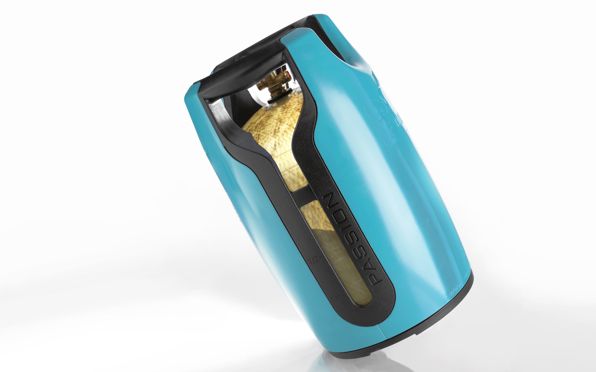It’s just a tank, right?
Like most cruising sailboats, we use propane. We use it for cooking and we use it for heating our water. It was way back in August 2009 when I wrote about the propane guy telling us that we needed a new tank. Now that we’re nearing the point where we’re actually going to have to fork over some cash for a new one, we have to decide what kind of tank to buy? Do we get a Steel one (the ones that most of us have for our barbecues), an Aluminum one or one of the newer Fiberglass ones?
Steel: Cheapest, heaviest and could rust.
Aluminum: Lighter, resists rust and is the most expensive of the three.
Fiberglass: Lightest, much more expensive than steel but a bit less than Aluminum. These often allow you to see how much propane is remaining, which is kinda cool.
Steel is by far the most common and because it is the cheapest, if we had to swap it with another, we wouldn’t get all teary about it. Given that there is a TON of money going out these days and little coming in, I think we’ll stick with the basics on this one. But you have to admit, those Fiberglass ones sure do look sexy, don’t they?

Note: We actually carry two propane tanks. A primary 20 lb. one, which is what we need to replace. We also have a 10 lb. Aluminum one that we mostly use for the barbecue, but it also acts as a backup when we screw up and let the bigger one run out.



If we get a spare tank we are going to go fiberglass because we would have to carry it on the stern rail. So far we are getting about 3 months on one tank so we put the “spare tank” decision off for our first year of cruising. It will be easy to buy in BC, WA, CA and Mexico.
That makes sense. We have a propane locker in the bow of the port hull where we keep them. The tank we need to replace we keep connected to the propane system. The smaller Aluminum one gets taken out when we barbecue and then immediately put back.
I really wanted a fibreglass tank,but they are only available in a few sizes,so no deal. We now have 2 6lb slimline aluminum tanks on the stern rails,so we always have one full,while the other gets refilled.
I know YOU would never do this but one time we ran out of our primary, switched the main feed onto our backup and then waited before filling the primary one. You can of course guess what happened next. 🙁 Fortunately we ran out while we were living at the marina. Unfortunately it happened during dinner preparation. Oh well…
Do you need a new one? If it’s badly corroded, you may. On the other hand, it may be superficial and just need a good sanding and paint. Can’t say.
Regarding re-certification of the tank if it is over a certain age, those rules vary by country. In the US re-certification is only required for tanks in commercial service. That said, if the tank is in truly poor shape, I wouldn’t want it on the boat.
I guess I’m sensitive to the issue because I have 2×10 pound tanks and they’re $$$ to replace. I keep them in good paint.
I would not trust a FRP tank in the sun, particular those where you can see the level. If you can see the level, the UV can see the resin.
Yes, we needed a new one, or so we were told. There is obviously a stamp on the tank that tells them they aren’t allowed to fill it any more. I believe the lifespan is 10 years here.
Yes, that is the matter of re-cerification. If the tanks is in good shape, it will be useable as soon as you are out of Canada. In the US certification is required at 12 years if the tanks is:
* Comercial
* Sold
* On the highway (RV)
For what it’s worth.
I got rid of it at the end of last season. 🙁
Replacing propane tanks is an issue I hadn’t thought of seriously yet. All the boats I’ve looked at use propane. My BBQ uses charcoal, but I think that there is a problem if the stuff gets wet, then it is hazardous? Anyway, always more to learn, and more to consider!
Charcoal gets hazardous?
Edit: I found this link:
http://www.nakedwhiz.com/wetcharcoal.htm